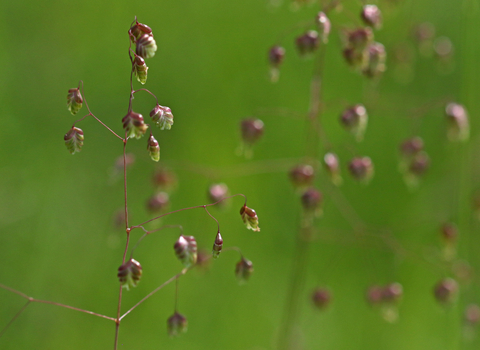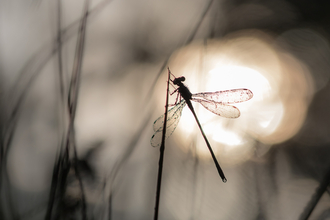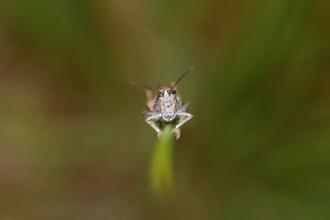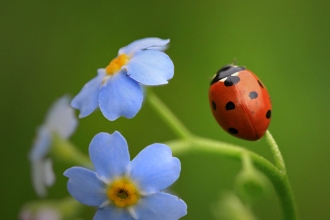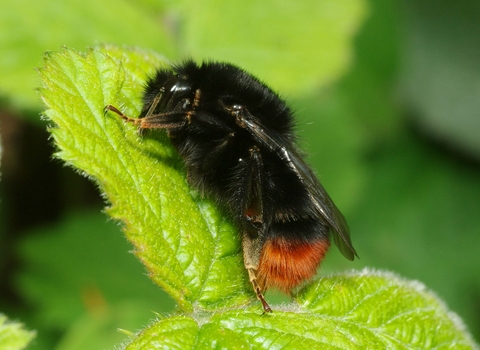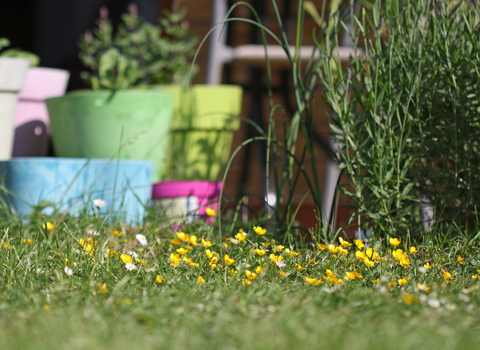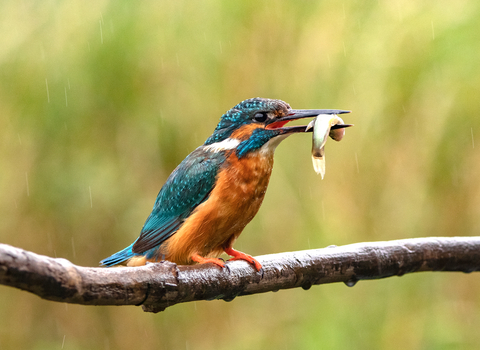Grasses and grassy places are found everywhere from your local town park, roadside verges and farm fields to floodplains and wetlands to the top of the Malvern Hills.
Around 20% of England’s remaining species-rich grasslands and meadows are found in Worcestershire, supporting legions of wildlife and providing quality food for livestock.
Grasses are the largest family of flowering plants (angiosperms) in the UK with around 200 species. Identifying them can be difficult but it’s easier when they’re flowering in spring and summer. Check and compare flower heads (inflorescences) to see how the flowering parts are arranged - in a simple row up the central stem or in a branching panicle?
Trust botanist Michael Liley introduces you to a few grasses below but if you’re keen to learn more, have a look at our grasses, sedges and rushes page of our wildlife explorer.
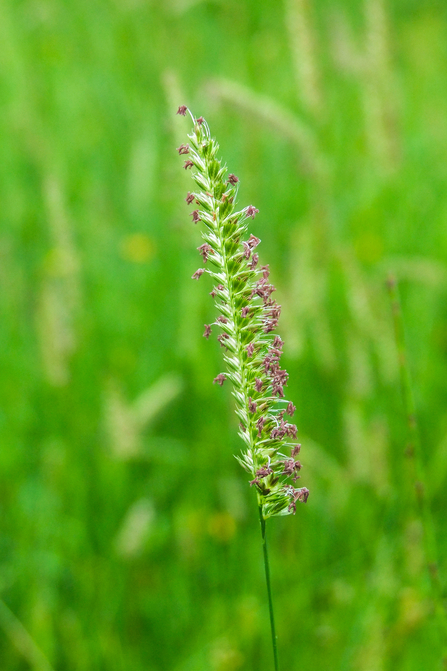
Crested dog's-tail by Paul Lane
Crested dog’s-tail Cynosurus cristatus
Growing in compact tufts, this rather stiff-looking grass has narrow leaves and upright flower spikes in a tightly packed cluster shaped like a bottlebrush. The flowers are on one side of the stem and persist during winter, helping with identification. A foodplant of skipper butterflies, it’s a typical grass of old unimproved pastures and a key constituent of meadows on heavy soils, the kind of wildflower meadow you’ll find across Worcestershire.
Sweet vernal-grass by Wendy Carter
Sweet vernal-grass Anthoxanthum odoratum
A typical species of permanent pastures and meadows across the county, this is identifiable by its oval-shaped, unbranched flower heads that look a little like a thin pussy willow flower. If you look at the junction of the leaf-blade and the leaf-sheath you’ll notice a ‘beard’ of short hairs. It releases coumarins when crushed, which give it the distinctive sweet smell of new-mown hay (with a slightly honeyed vanilla flavour if chewed).
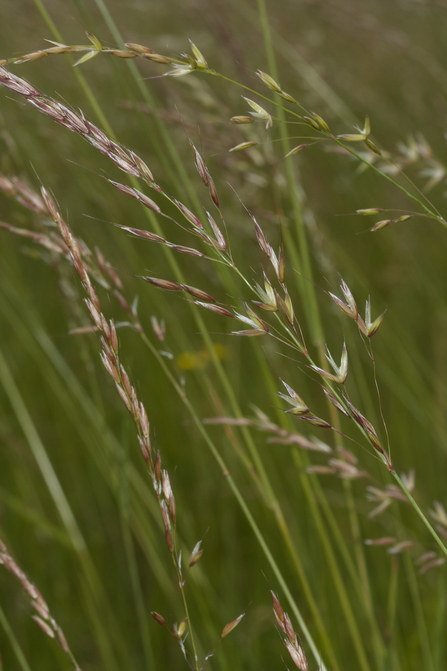
False oat-grass by Rosemary Winnall
False oat-grass Arrhenatherum elatius
A large tufted, erect perennial grass that grows to one metre tall. The light green leaves are broad, lax and slightly hairy. The flower heads, 10-30cm long, are composed of bunches of silky spikelets with conspicuous angled-back bristles (awns). Found in a range of grasslands, including road verges and along riverbanks, this is a common grass. Prone to fungal rusts and shedding copious pollen, this is a major cause of hay-fever!
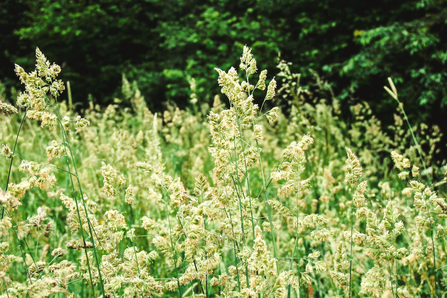
Cock's-foot by Paul Lane
Cock’s-foot Dactylis glomerata
Look for distinctive branched flower heads with ‘blobby’ spikelets, stiff flower stems, one-sided panicles and bluish-green foliage. It forms characteristic tussocks and is common on embankments and field margins. As with many grasses, it’s great for wildlife – foodplant for caterpillars, source of seeds for finches and pollen for insects. The tussocky bases provide nesting sites for bumblebees and the grass is favoured by harvest mice for nests
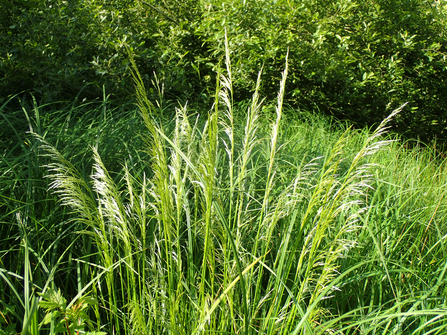
Tufted hair-grass by Rosemary Winnall
Tufted hair-grass Deschampsia cespitosa
A species of unkempt or under-grazed marshy situations with some waterlogging. It can dominate but adds an interesting habitat structure to damp grassland; the sort of place where snipe overwinter or curlew may nest. It grows in very distinctive tussocks with dainty, spreading flower heads. The leaves are strongly ridged on the upper side - be careful as you can easily cut yourself if you run your fingers in the wrong direction (downwards)!
Meadow barley by Philip Precey
Meadow barley Hordeum secalinum
A graceful species that possesses distinctive flower heads of awned spikelets clustered in groups of three. It’s a slowly declining species of floodplain meadows and coastal grazing marsh habitats, affected partly by conversions to arable and drainage schemes. Although on the north-western edge of its range, this attractive wild barley sways gently in the breeze in winter-flooded meadows along the Severn and Avon river catchments.
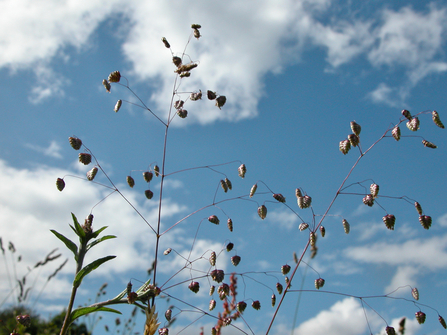
Quaking grass by Rosemary Winnall
Visually, a grass of almost poetic delicacy and charm; Wordsworth should have written about a drift of these, not daffodils! Spot the loose branches of pendant spikelets suspended on fine filamentous stalklets; the spikelets turn a pinky-mauve when ripening. If you encounter this species, you’re almost certain to be in a species-rich grassland on base-rich or lime soils, sometimes around a wet flush or spring.

